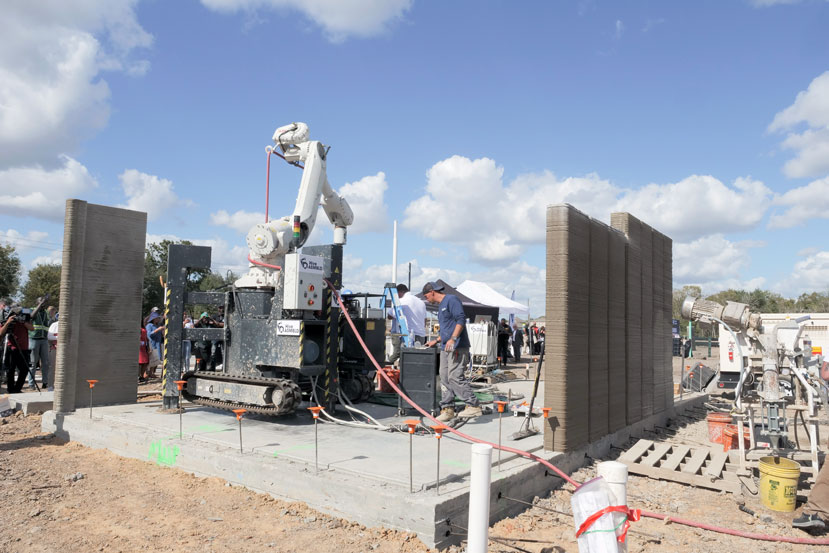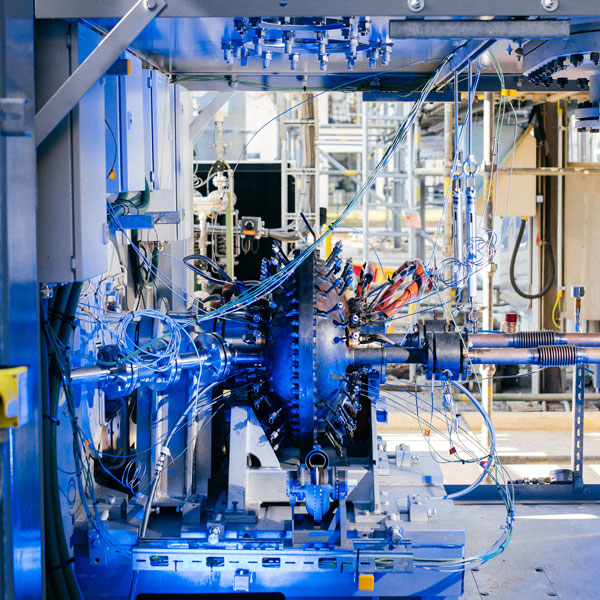A Danish effort to develop process technology for the production of high-quality, environmentally friendly cement has been launched through a DKK15 million [US$2.5 million] National Advanced Technology Foundation grant. The four-year effort targets formulation, through nanotechnology methods, of new types of reactive supplementary cementitious materials, plus development of process technology needed for large-scale SCM production based on locally available raw materials.
The project entails collaboration between FLSmidth A/S, a leading provider of process plants for the global cement industry; Aalborg Portland, which will test the new cement types; Aarhus University’s Interdisciplinary Nanoscience Center (iNANO), providing expertise in thermal dynamics and nano-scale cement studies; and, Aalborg University’s Department of Energy Technology, specializing in model descriptions of process plants.
Fueling the incentive to develop durable, quality cement that can be produced with lower carbon dioxide emissions than conventional powder is a demand curve: Global cement consumption is on pace to double by 2050, driven chiefly by rapid development of infrastructure, housing and industry in expanding markets like China and India. “The National Advanced Technology Foundation strategic research grant will facilitate efficient and targeted development of advanced and environmentally friendly cement plants that address tomorrow’s need for production of sustainable cement types,” observes FLSmidth Group CEO Jørgen Huno Rasmussen.
Adds Lars Rosendahl, Aalborg University, “For several years, we have been concentrating on development of competencies in modeling and optimization of energy processes; projects like these allow testing of such competencies and demonstration of their viability in addressing the future climate and resource challenges.”
EPA has formally proposed a rule maintaining provisions for beneficial use of fly ash in concrete and other construction materials, while significantly tightening existing regulations’ treatment of nonconstruction-grade coal ash. A Federal Register notice (http://edocket.access. gpo.gov/2010/2010-12286.htm), “Management System; Identification and Listing of Special Wastes; Disposal of Coal Combustion Residuals [CCR] From Electric Utilities,” opens a public comment period through September 20.
The proposed rule seeks to clarify—but not change—a May 2000 agency determination that exempted construction-grade fly ash and other beneficially used CCR from hazardous waste regulations under the Resource Conservation & Recovery Act (RCRA). In the 138-page document’s discussions of how RCRA subtitle C or D might cloud fly ash specification for concrete, the agency invites “comment on potential refinements for certain beneficial uses”; “other suggestions on how EPA might promote beneficial use of CCRs”; and, “suggestions that would reduce any perceived impacts resulting from ‘stigma’ due to [RCRA subtitle C] identification of CCRs.”
The thrust of the proposed rule concerns landfill- or surface impoundment-bound CCR, which EPA proposes be subject to existing RCRA subtitle C or modified RCRA subtitle D. Both alternatives would see the agency establish safety requirements to address surface impoundments’ structural integrity. EPA’s overhaul of CCR designation, handling and storage was prompted by the December 2008 failure of a Kington, Tenn., impoundment that released millions of gallons of coal ash sludge.



